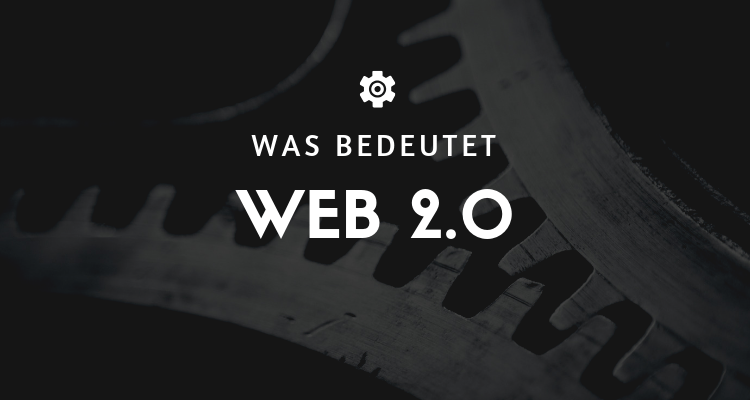
What does Web 2.0 mean in the context of SEO?
Web 2.0 is a term that describes a variety of interactive page types of the Internet. This term appeared in 2004-2005 and is also called "social web". Basically, it represents the second generation of development of websites that facilitate communication, provide services and secure information, and ensure collaboration on the Internet. The inventor and promoter of this term is Tim O'Reilly.
Web 2.0 appeared as a successor to Web 1.0, which is the first generation of the web. At that time all websites were static pages (HTML + CSS) due to the limited technologies. Later, pages based on CMS (Content Management System), forums, blogs, etc. will appear.
Features of a "web two-zero
The information on the Web is no longer provided only by mass media, governments and private companies, but also by private individuals connected through the information networks (e.g. social sites, blogs, etc.). Web 2.0 enables the creation of blogs, wikis, media content uploads and social networks. Among the main functions of Web 2.0 include social networking sites, self-publishing platforms (e.g., WordPress' easy-to-use blog and website creation tools), "tagging" (which allows users to comment on and link to websites, videos, or photos in some way), "like" buttons (which allow a user to indicate that they are pleased with online content), and Social Bookmarks. Users can view the data located on a Web 2.0-site and exercise a certain degree of control over this data.
The most important functions of Web 2.0 include:
- Free provision of information; allows users to view and share information together (e.g., "tagging" websites, images, videos, or links).
- Comprehensive user experience - dynamic content that responds to user input (e.g., a user can "click" on an image to enlarge it or get more information).
- Interactive user participation - Information flows two ways between site owners and site users through rating, review, and online commenting. Site users also typically create user-generated content for others to see (e.g., Wikipedia, an online encyclopedia for which anyone can write or edit articles).
- Software as a Service (SaaS) - Web 2.0-Sites developed APIs to enable automated use, e.g., through a web "app" (software application) or mashup.
- Mass participation - near-universal Internet access leads to a differentiation of concerns, from the traditional Internet user base to a greater diversity of users.
What is a Web 2.0 backlink?
The web is getting better and better at serving users. There are so many websites that become a Web 2.0-model of user experience and functionality, from an SEO perspective, these highly trafficked portals represent a popular backlink source.
The Web 2.0-submission is a common offpage SEO technique (it worked better years ago, but still works quite well). In this way or technique you can share your content via Hubpages, Squidoo, blog sites, etc. If you click on a Web 2.0 for backlinking, refer to websites where users create the content. For example:
- Live Journal
- Weebly
- WordPress
- Blogspot (Blogger)
- etc.
Are all examples of Web 2.0-Websites. They are important because they give you the opportunity to publish your content and Backlinks Create on it. If your content is unique, it can do wonders for your SERPs effect. Not to mention the possibility of creating one's own Traffic Generate. Without a doubt, make sure you provide information that people want to read.
« Back to Glossary Index





 By
By 